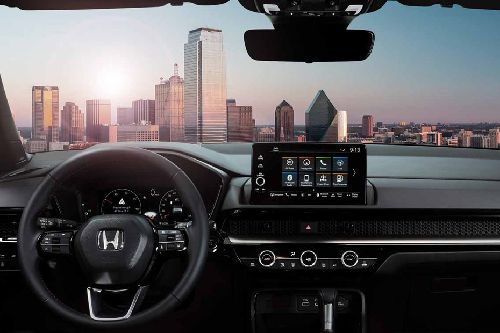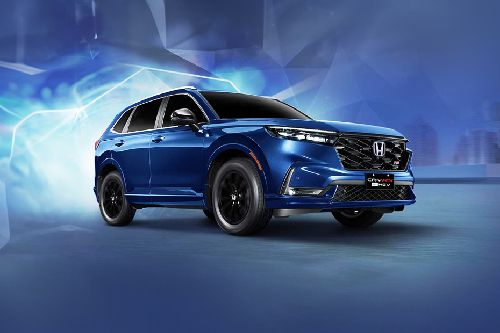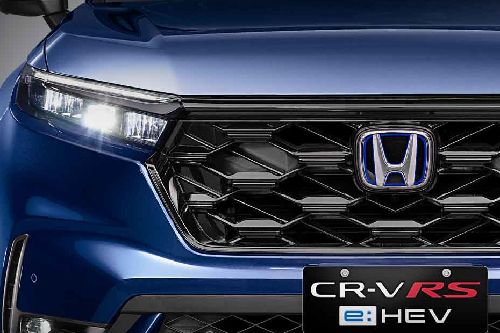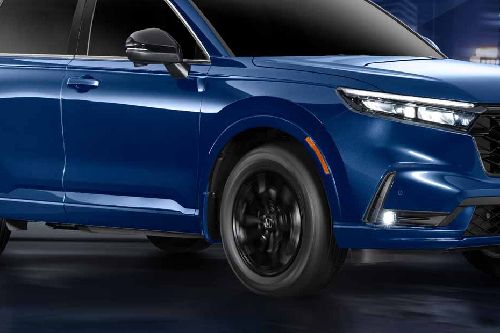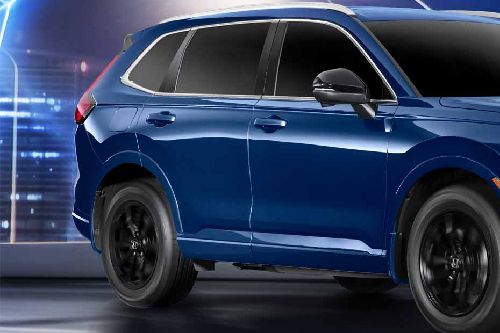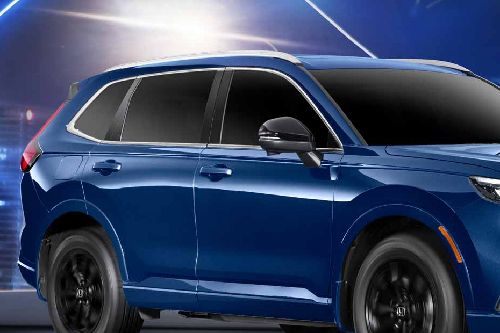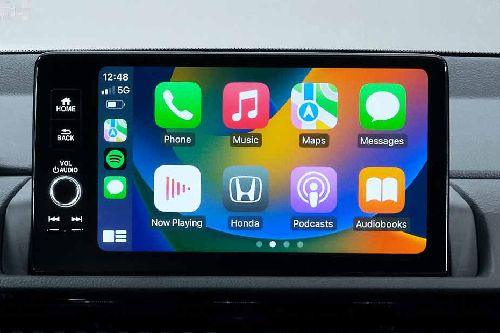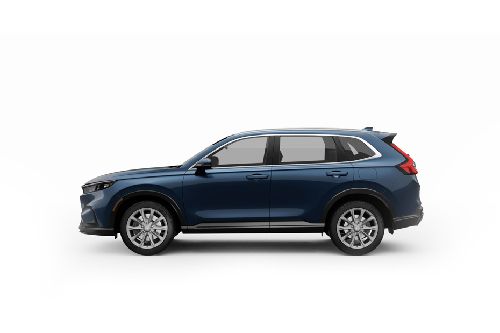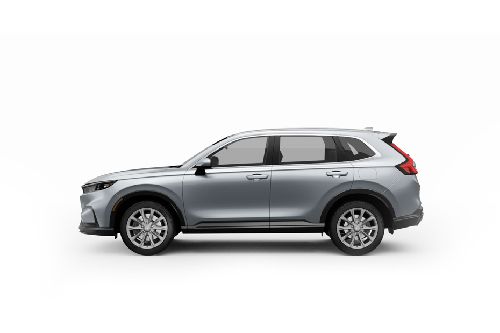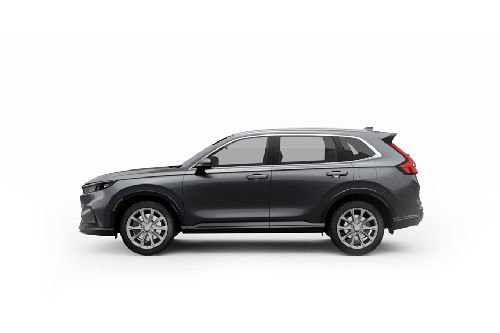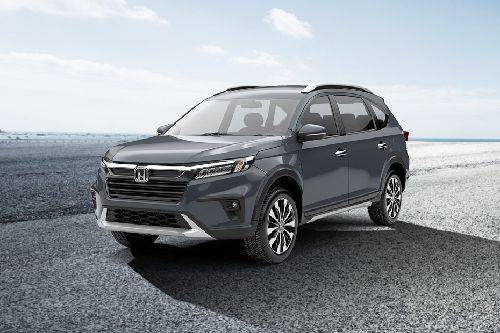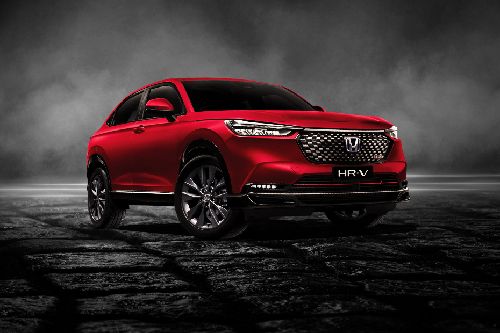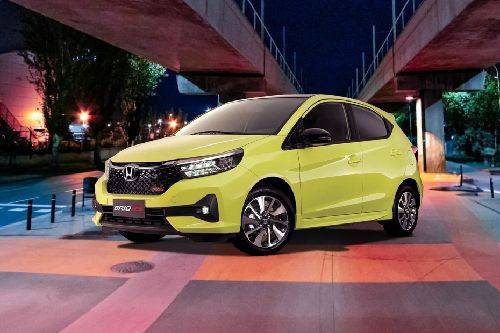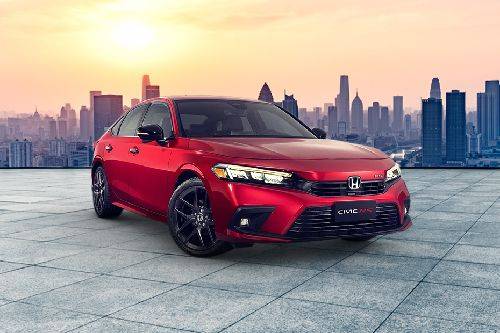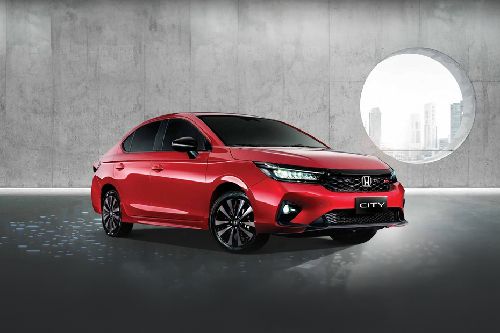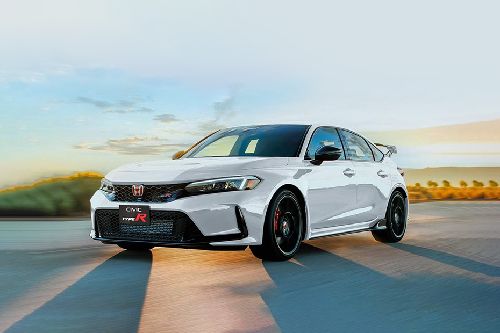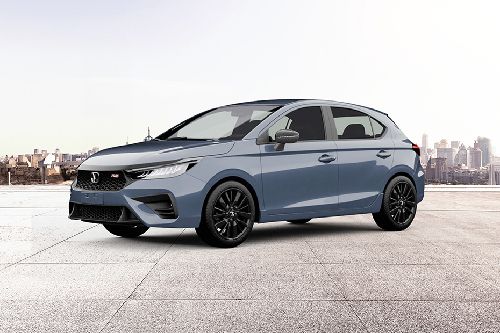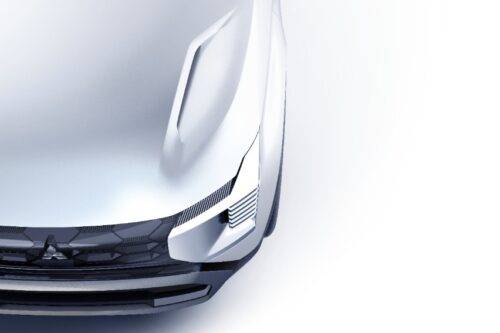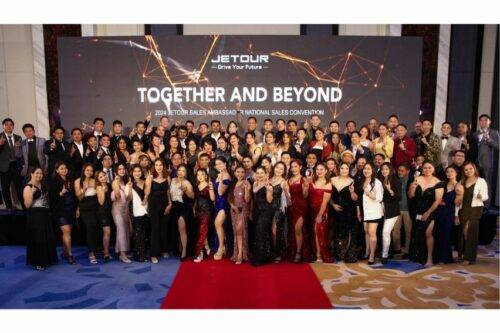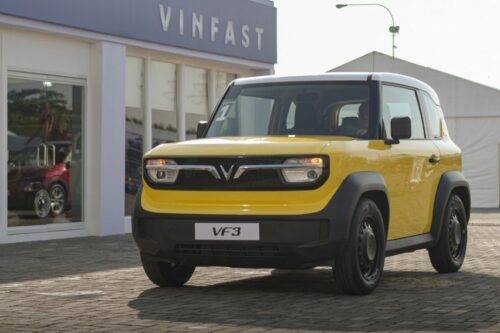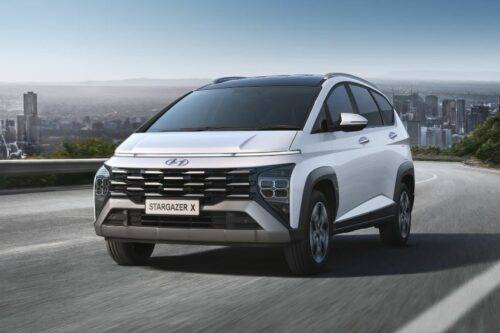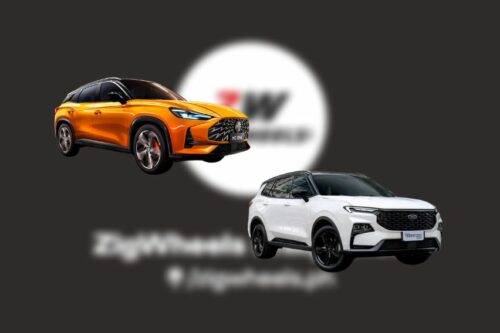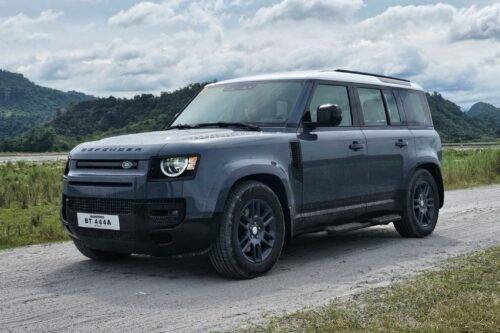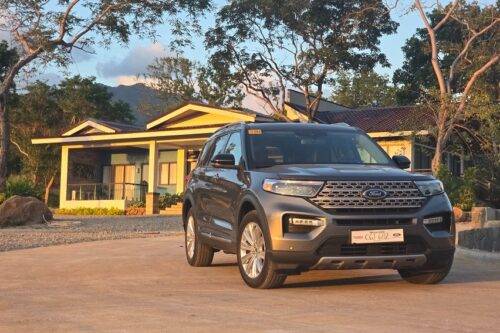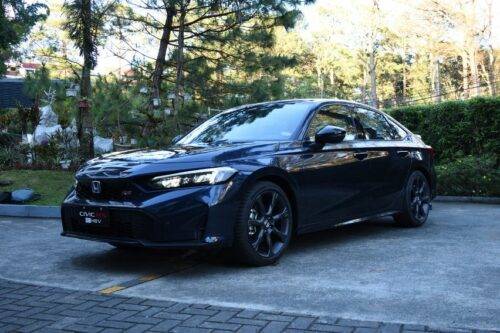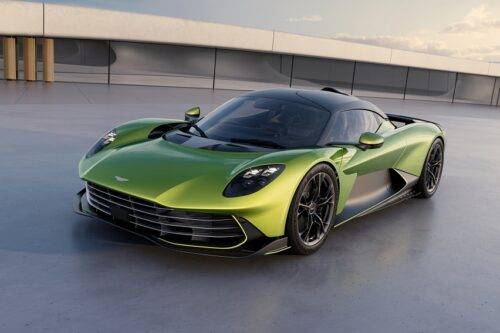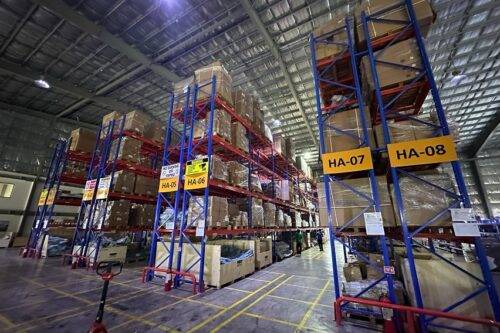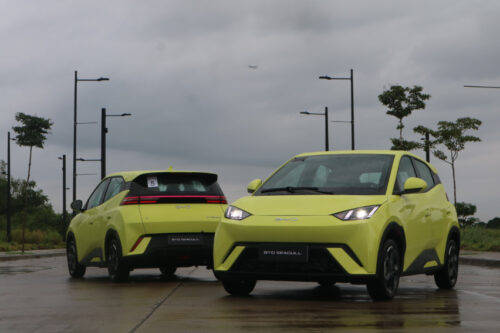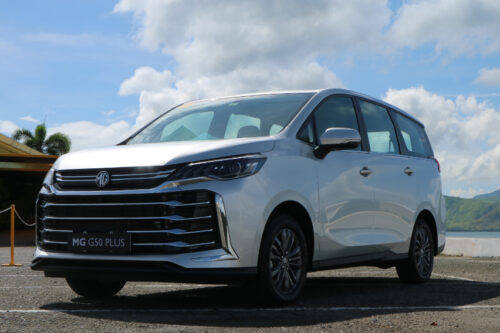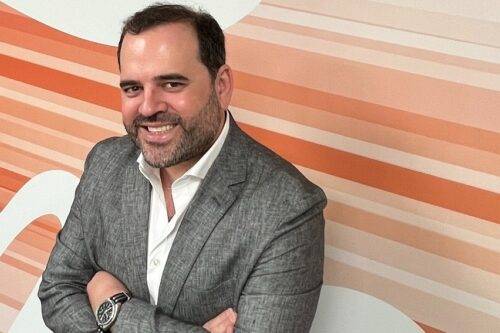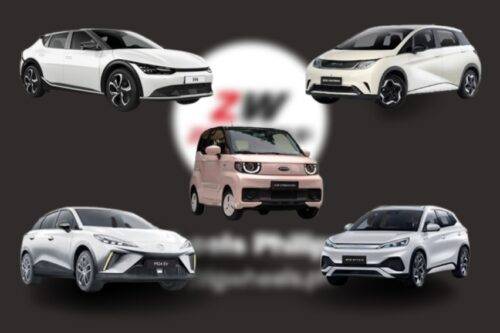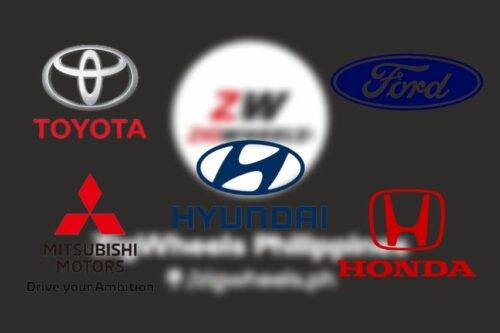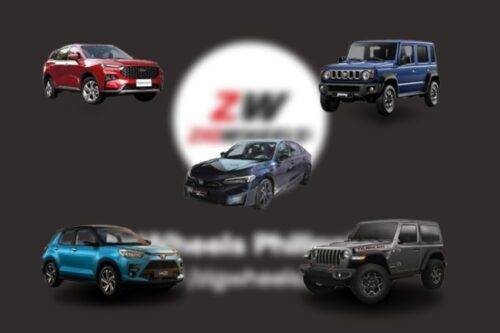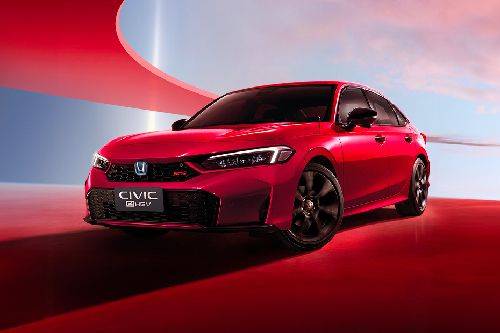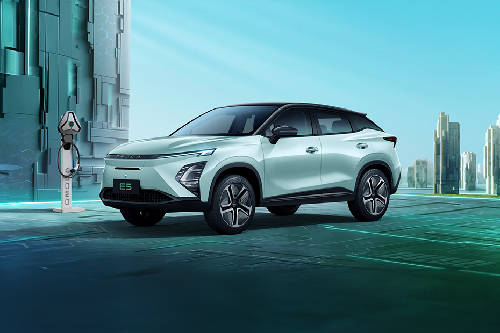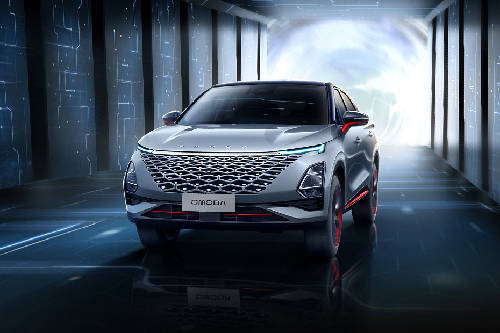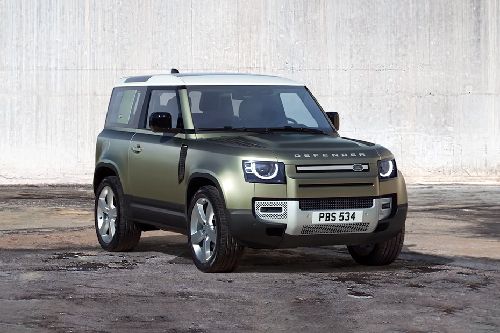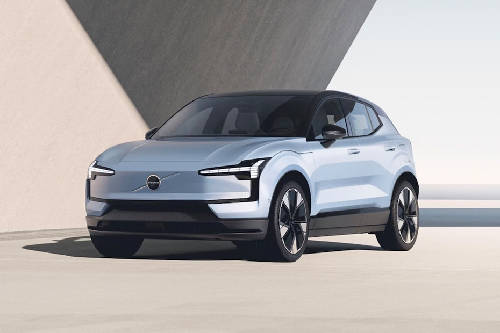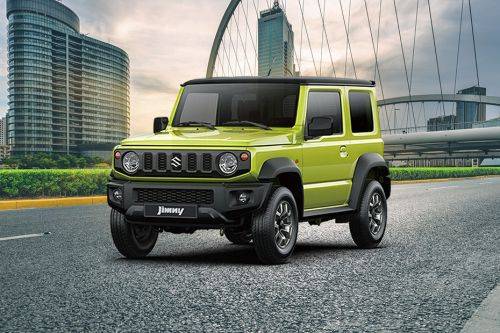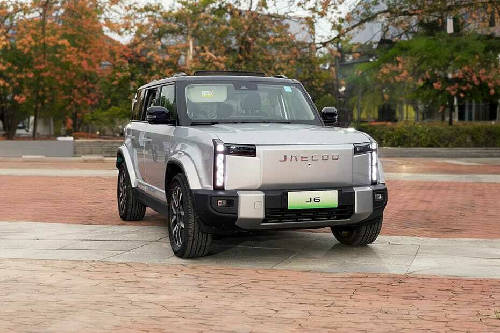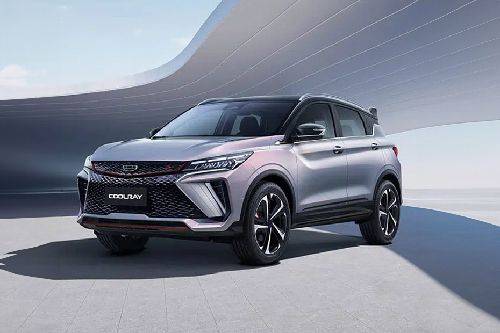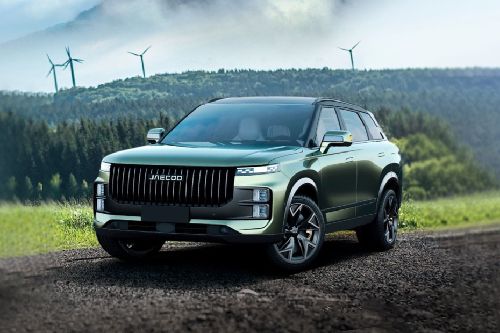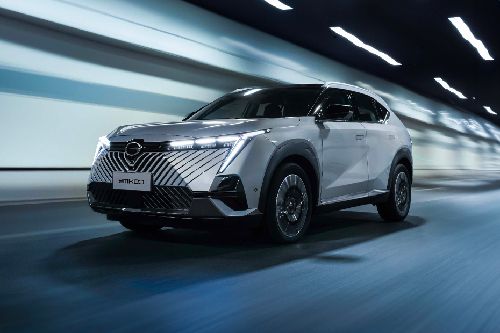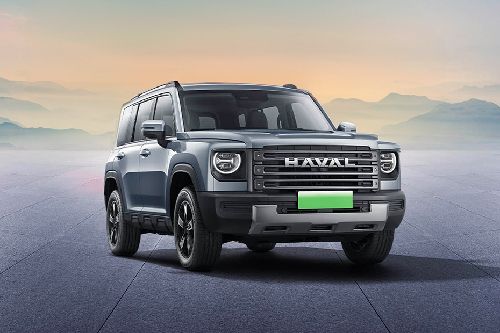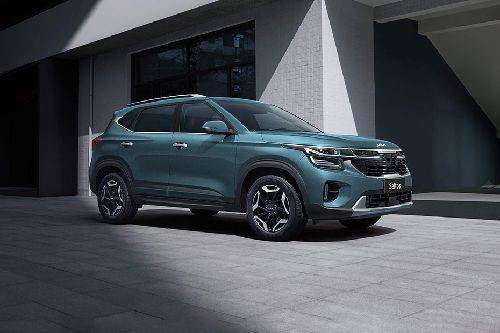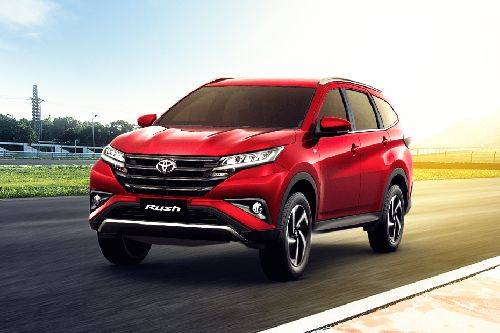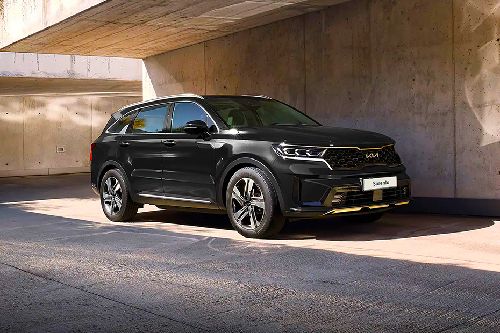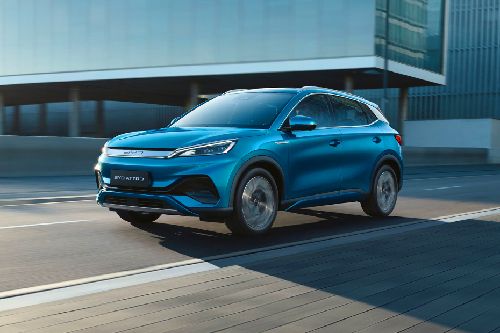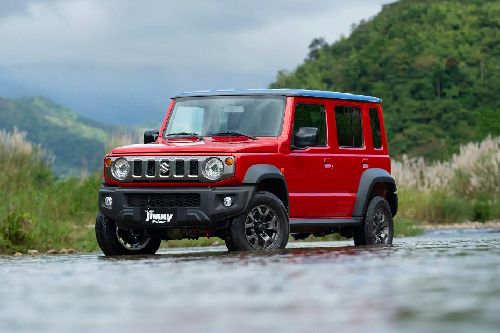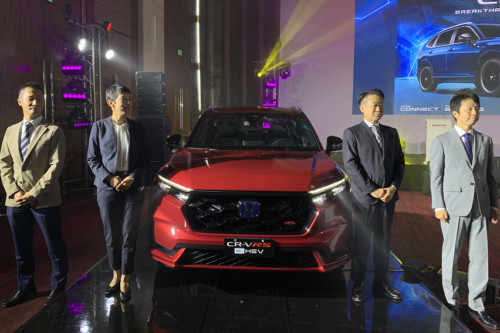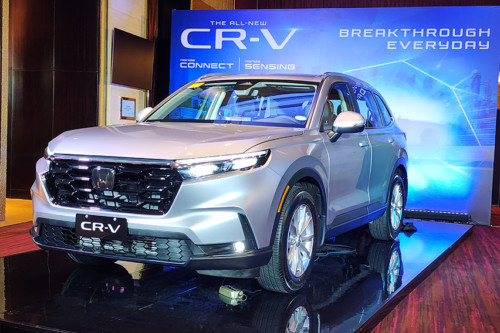Honda to start producing fuel cell electric vehicles in US in 2024
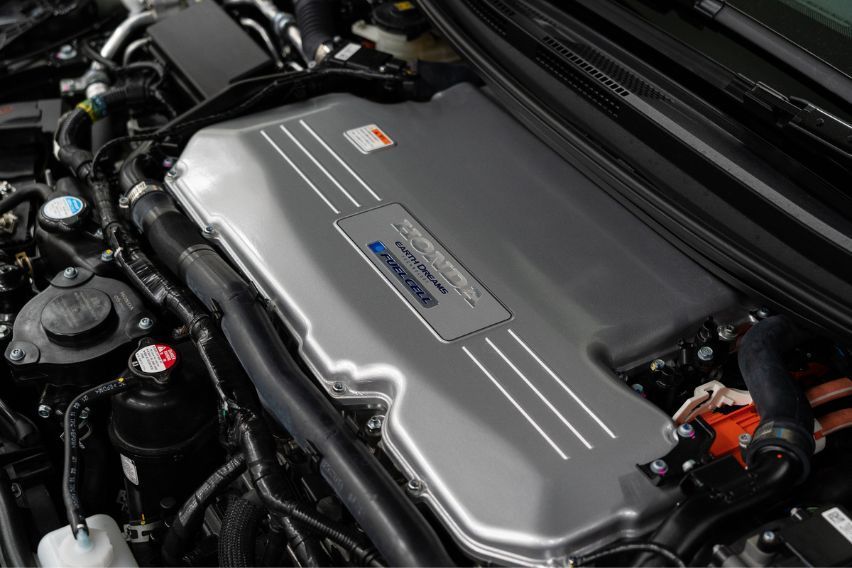
MANILA: Honda stated that it would begin producing an all-new hydrogen fuel cell electric vehicle (FCEV) based on the all-new Honda CR-V in 2024 at its Performance Manufacturing Center (PMC) in Ohio, USA. Battery electric vehicles (BEVs) and FCEVs will account for 100% of Honda's global auto sales by 2024.
KEY TAKEAWAYS
What is Honda's goal in terms of the electrification of its product lineup?
Honda targets to make battery-electric and fuel cell electric vehicles represent 100% of auto sales in the US and globally by 2040.What feature will make the new Honda CR-V-based FCEV different from other vehicles of its kind?
The new Honda CR-V-based FCEV will be the first North American market FCEV to adopt a plug-in feature for EV driving.The new Honda CR-V-based FCEV will be the first production vehicle in North America to integrate a plug-in feature with FCEV technology in a single model, giving the driver the option to charge the onboard battery for EV city driving with the flexibility of fast hydrogen refueling for longer drives.
“Honda established our goal to realize carbon neutrality by 2050 and the complete electrification of our vehicle lineup by 2040 is critical to achieving it. As we accelerate our plan to produce Honda battery EVs in the United States, we also will begin low volume production of fuel cell electric vehicles there to further explore their great potential as part of a sustainable transportation future,” American Honda Motor Co., Inc. Vice President of Auto Planning and Strategy Gary Robinson stated.
The PMC was designed to be a small-scale, specialized manufacturing facility with a concentration on craftsmanship and hand-assembled cars. Since its inauguration in 2016, the PMC has been in charge of producing the Acura NSX supercar, as well as the Acura PMC Edition vehicles such as TLX, RDX, and MDX, and Honda Performance Development race cars. This makes the PMC suited to produce high-quality FCEVs, which require specialized assembling procedures. This strategy is reminiscent of the extensive role Honda's facility in Tochigi, Japan, played in producing both the first NSX supercar in 1989 and, later, the Honda FCX Clarity FCEV in 2008.
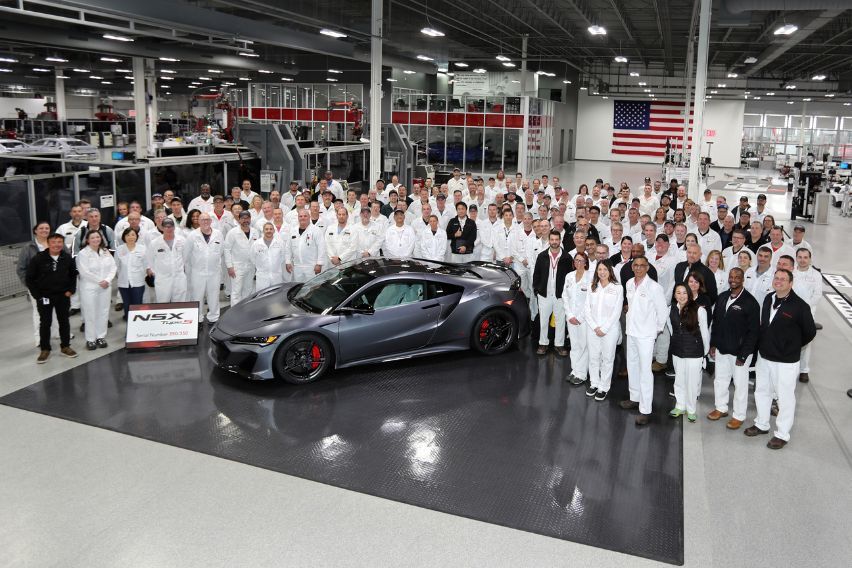
“Our associates at the Performance Manufacturing Center have really enjoyed the opportunity to successfully introduce several specialty vehicles into the market. This facility is perfect for production of a new Honda fuel cell electric vehicle, as our small-volume capability enables us to really leverage the skill and expertise of our team to produce quality zero-emission vehicles here in North America,” PMC Plant Leader Gail May said.

The Honda CR-V, which has been the most popular crossover utility vehicle in America for the past 25 years, will serve as a great foundation for an FCEV, incorporating zero emissions and EV performance characteristics to its fun-to-drive attitude, sporty appearance, and outstanding utility.
The 2023 Honda CR-V establishes a new standard with its tough and stylish exterior, sporty and contemporary interior, and increased space, comfort, and performance. With Honda CR-V hybrid-electric variants at the top of the lineup and anticipated to account for around 50% of Honda CR-V sales annually, this sixth-generation model is already playing a significant role in Honda's electrification strategy.
More information about the FCEV version of the 2023 Honda CR-V will be released closer to its launch in 2024.
Honda has long believed that hydrogen produced from renewable sources will be a major part of a sustainable transportation future because FCEVs do not emit CO2 and only produce heat and water as waste products when generating energy. Furthermore, FCEVs can recharge quickly in areas with hydrogen refueling infrastructure, giving drivers used to traditional cars a level of convenience they are used to.
In an FCEV, the gasoline tank is replaced with a high-pressure hydrogen tank, and the electric motor is powered by electricity produced inside fuel cells, which eliminates CO2 and other harmful pollutants from getting released from the vehicle.
Honda has been at the forefront of the industry for more than two decades in the development and implementation of fuel-cell technology by conducting extensive real-world testing and customer deployments, including the first government fleet customers and the first-ever retail customer leasing program.
Since the release of its first commercially available fuel-cell vehicle, the FCX, in 2002, Honda has developed significant technological advancements in fuel-cell vehicle performance in hot and cold conditions while meeting customer expectations and safety regulations.
Honda has invested more than $14 million to the hydrogen refueling network in California in an attempt to promote the widespread adoption of fuel-cell vehicles. This includes entering the public-private partnership H2USA in May 2013. H2USA gathers automakers, government organizations, hydrogen suppliers, and the hydrogen and fuel-cell industries together to facilitate research and discover cost-effective solutions to develop infrastructure that can produce affordable, clean hydrogen fuel in the United States.
The Honda FCX was the first fuel-cell vehicle to be EPA- and CARB-certified. It was unveiled in the US and Japan in December 2002 as the world's first production fuel-cell vehicle. Furthermore, it is the first fuel-cell vehicle to start and run in below-freezing weather. It also became the first fuel-cell vehicle to be leased by an individual customer in 2005.
In 2008, Honda became the first automaker to design, develop, and produce a specialized fuel-cell vehicle (FCX Clarity) on a production line developed just for this vehicle type. In the same year, Honda became the first carmaker to establish a dealer network for fuel-cell vehicles.
In 2013, Honda and General Motors signed a long-term partnership to jointly develop the next generation of fuel-cell systems and hydrogen storage technology. Fuel Cell Systems Manufacturing, a joint venture between Honda and General Motors, aims to mass produce affordable, compact, high-performance fuel cell systems.
In 2017, Honda unveiled the Honda Clarity Fuel Cell as the next progression of its FCEVs.
Honda is committed to addressing the world's energy and environmental challenges and is working toward achieving carbon neutrality for all of its products and business operations by the year 2050. According to the latest data from US Environmental Protection Agency (EPA), Honda has the best fleet average fuel economy and the lowest CO2 emissions of any full-line carmaker in America.
Honda is also making efforts to lessen the environmental impact of its commercial operations. Honda has entered into long-term virtual power purchase agreements (VPPAs) for renewable wind and solar power in an effort to cover more than 60% of its electricity needs in North America and reduce CO2 emissions from its North American manufacturing facilities. This makes it possible for the company to completely offset the remaining carbon-intensive grid-supplied electricity utilized in its automobile production operations in Ohio, Indiana, and Alabama. Honda also supports eco-friendly business practices with its suppliers and retail dealer partners across North America.
Photos from American Honda Motor Co., Inc.
Also read: 2023 Honda Civic e:HEV launches in Malaysia; should it come to PH?
Sell your car at the best price
 Verified and genuine buyers
Verified and genuine buyers
-
Explore Honda CR-V
Honda Car Models
Don't Miss
PIMS 2024
Trending & Fresh Updates
- Latest
- Popular
You might also be interested in
- News
- Featured Stories
Honda Featured Cars
- Latest
- Upcoming
- Popular
Latest Honda CR-V Car Videos on Zigwheels

Compare & Recommended
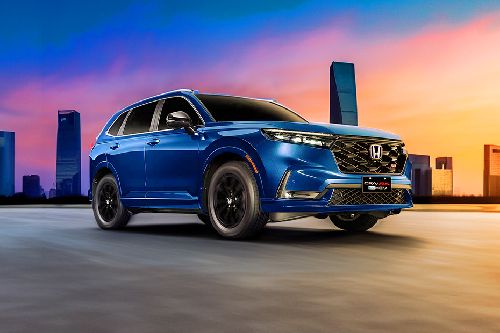
|
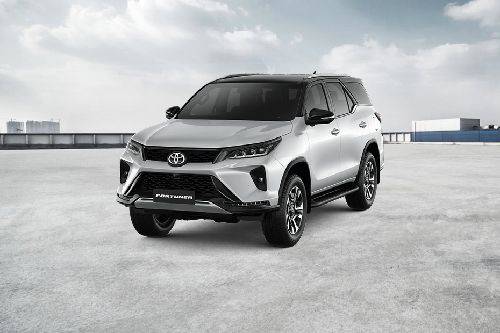
|
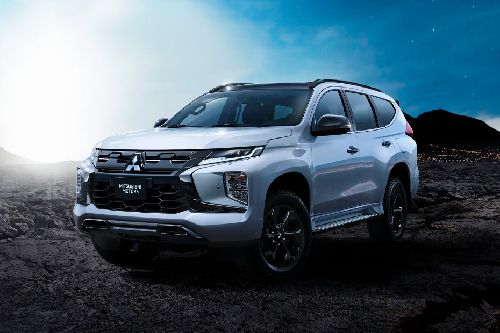
|
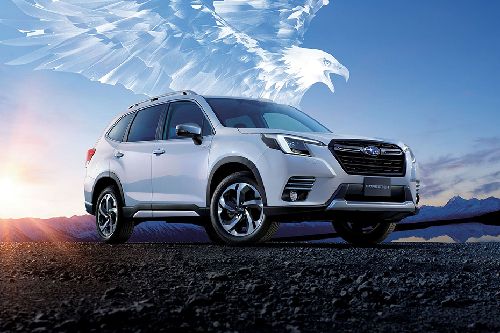
|
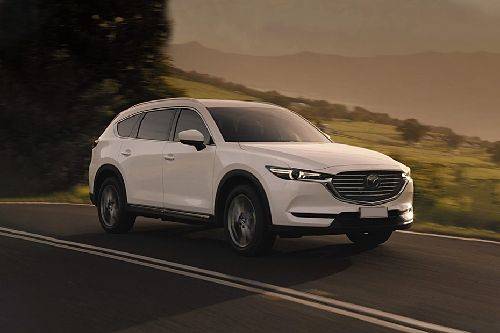
|
|
Seating
7
|
7
|
7
|
5
|
7
|
|
Fuel Type
Gasoline
|
Diesel
|
Diesel
|
Gasoline
|
Gasoline
|
|
Engine
1498
|
2393
|
2398
|
1995
|
2488
|
|
Power
187
|
148
|
179
|
154
|
187
|
|
Torque
240 Nm
|
400 Nm
|
450 Nm
|
196 Nm
|
252 Nm
|
|
Transmission Type
CVT
|
Manual
|
Manual
|
CVT
|
Automatic
|
|
|
Trending SUV
- Latest
- Upcoming
- Popular
Honda CR-V Car Articles From Carmudi
- journal


